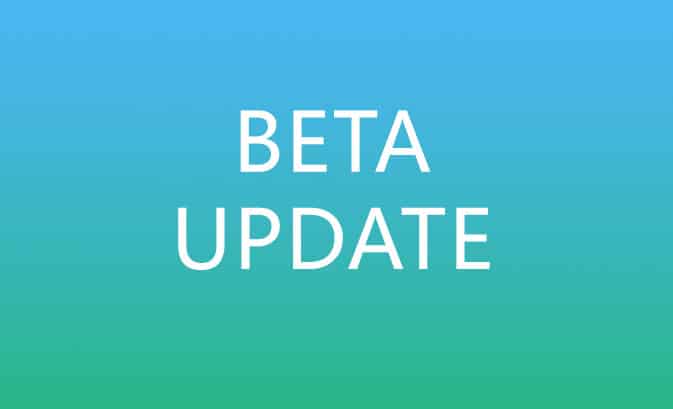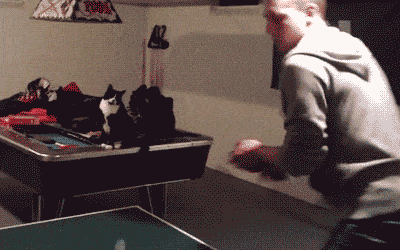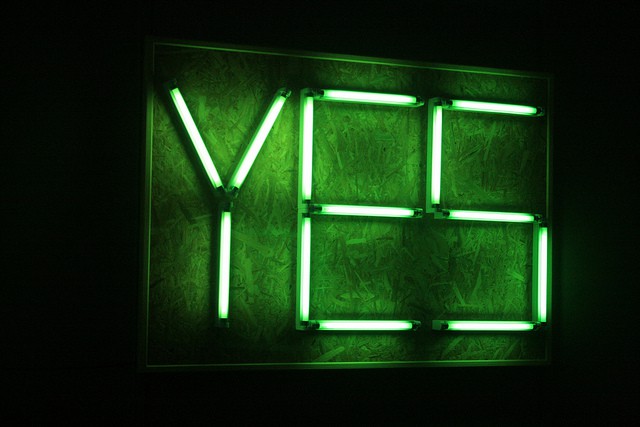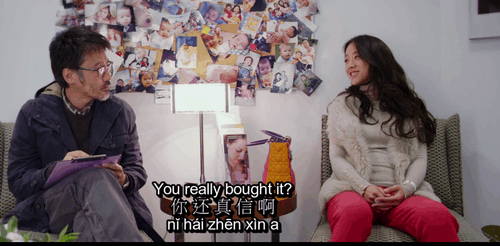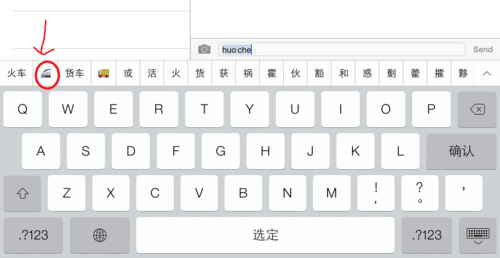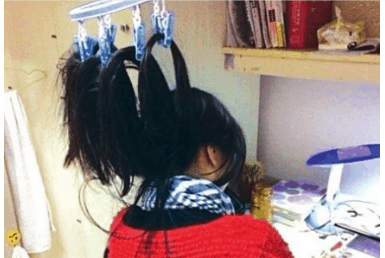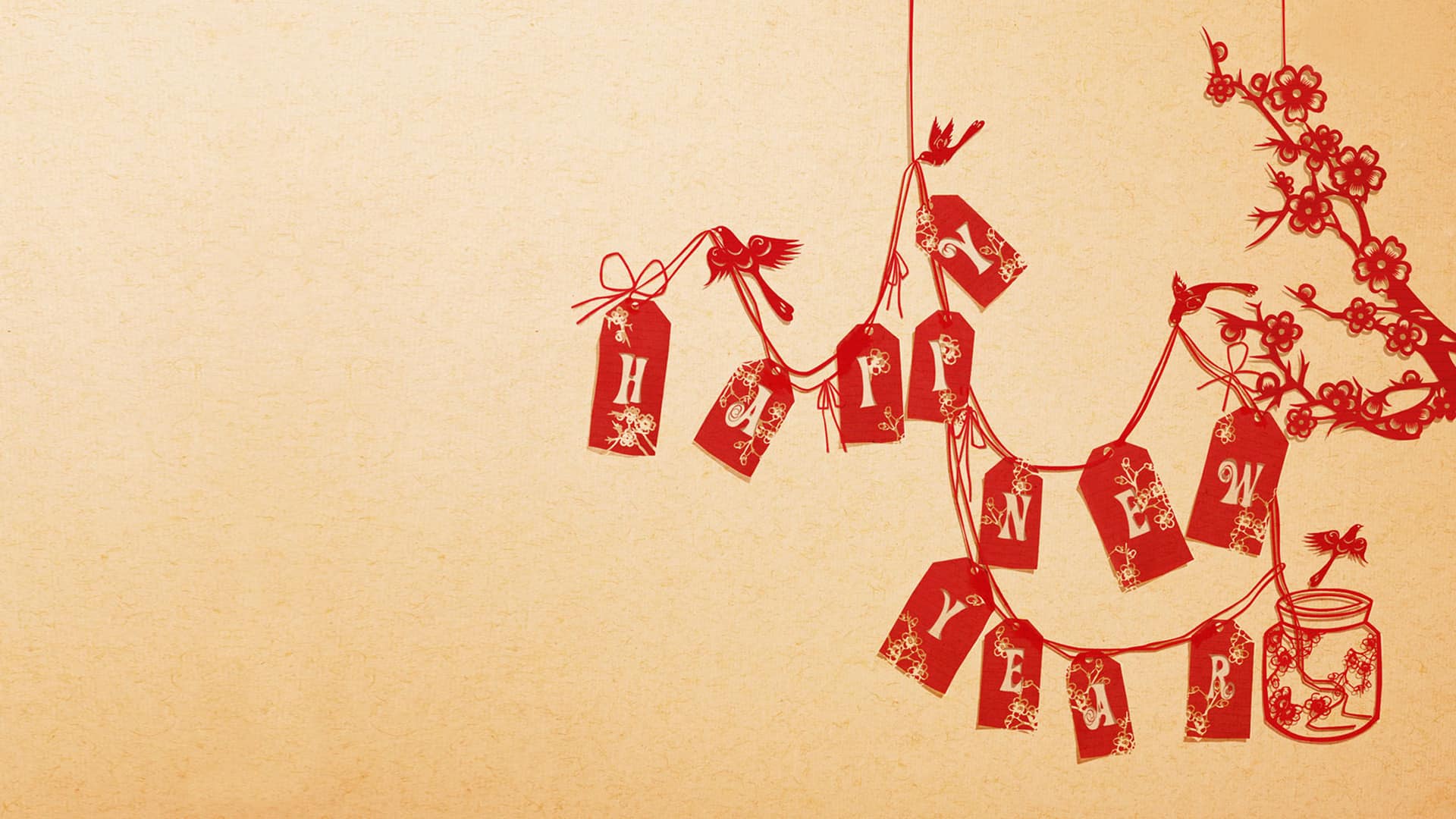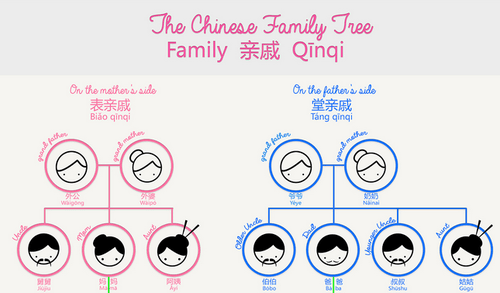Following our last update (Missed our last beta update? Read up on it here! ), this week’s beta update was focused on one important element, that is key to your Chinese learning: how you learn and review Chinese vocabulary. We’ve worked hard on making our learning smoother, adaptive and way more pleasant to use, as you’ll soon see. So read this, and then, please, take Ninchanese for a spin and let us know what you think of the changes!
read moreChinese learning tips
Big event coming up and you’re feeling stressed? Or maybe you’re feeling a little down and in need of some cheering up?
read moreApologize like an expert in Chinese with these 6 key expressions!
Ninchanese September 18, 2014Last time, we wrote about 对不起, 抱歉 and 不好意思, the three words Chinese people use on a day-to-day basis to say sorry and apologize. How to say a little bit more than sorry?
read more7 ways to say Yes in Chinese
Ninchanese August 22, 2014Yes is a very useful word to learn in any language. You use it to show you agree, to show your enthusiasm, to seal a deal and in many many different situations. As a Chinese learner, you were surely taught that while there is no direct equivalent to Yes in Chinese, 是 is an acceptable substitute. But there is more!
Good Chinese subtitles to learn Chinese with movies
Ninchanese April 10, 2014Whatever your Chinese level, watching a Chinese movie in Chinese with subtitles is a great idea to learn some Chinese a little differently. It’s a cool way to take a break from your relentless studying while enjoyably practicing your Chinese listening and reading comprehension, strengthening your grasp of the language’s rhythm and syntax, and learning more about Chinese culture!
read moreThe Ninchanese trailer is here!
Ninchanese February 7, 2014Nincha discover a dragon! And he made his mission to make him speak Chinese. Here we go!
read moreEmojis: Your Awesome bonus guide!
Ninchanese January 24, 2014(╯°□°)╯︵ ┻━┻! Did you know the “flipping table” meme started out in Asia (in 1968, people!)? 0_o. And that the first emojis showed up in Japan in the 1980s? Or that stickers appeared on WeChat before they showed up on Facebook? And don’t get me started on the zillion emoticons and memes you can choose from on Weibo! ^_^ One thing’s certain, they sure know their emoticons and emojis in Asia. Especially the Chinese. They even have characters that looked so much like an emoticon, it became one – we’re talking about the character/emoticon 囧 here.
read moreThe secret Chinese technique to pass your exams
Ninchanese January 14, 2014Currently studying for your exams? How’s it going? Did you plan ahead your studies or are you resorting to cramming methods to ensure you know everything you need to know to pass your exams? Well, here’s a secret Chinese technique you simply need to know. It’ll help you stay focused, study… and ace your exams! Find out what this technique is after the jump!
read moreChinese learning resolutions: how to keep them!
Ninchanese January 6, 2014Ah, New Years. Resolutions are made. You feel refreshed and ready to change the world. Sadly, these good feelings never last. Well, here’s an idea to actually manage to stick to your Chinese learning resolutions: make smaller ones. Manageable ones. And no, we’re not talking about making “go grocery shopping” a resolution. You’ll see..
read moreTop blog posts from 2013!
Ninchanese January 3, 2014With 2013 all wrapped up, and 2014 fresh and full of new opportunities, here’s a round up of our top blog posts of 2013 from Ninchanese! Cute cats, fashion, learning tips, infographics, strange buildings… there’s something for everyone!
read more
